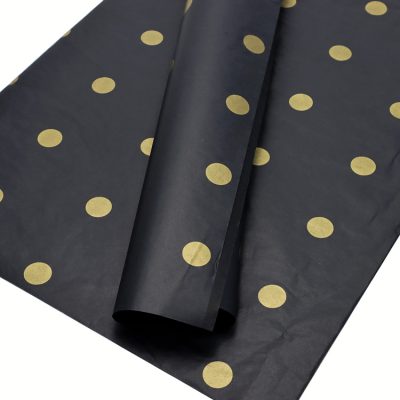Many people are curious about the raw materials in the papermaking process. Today, I will lead you to one of the raw materials for papermaking – pulp.
Pulp is processed from certain plants, and it is the basic raw material for papermaking. Plants usually used for pulping raw materials can be divided into four categories: stem fibers, bast fibers, seed fibers and wood fibers. Among them, wood fibers are more important. At present, my country’s wood resources are far from meeting the needs of the increasingly developing pulp and paper industry. In order to make up for the shortage of raw materials, a considerable amount of pulp is imported from abroad every year. The main importing countries are the United States, Canada and Brazil.
Traditional pulping refers to the production process of dissociating plant fiber raw materials into natural or bleached pulp by chemical methods, mechanical methods or a combination of the two methods. The commonly used process is pulverizing, cooking, washing, screening, bleaching, purifying and drying the plant fiber raw materials. A new biological pulping method has been developed in modern times. First, special bacteria (white rot, brown rot, soft rot) are used to specifically decompose the lignin structure, and then mechanical or chemical methods are used to dissociate the remaining cellulose. , followed by bleaching. In this process, the organisms have decomposed and opened most of the lignin, and the chemical method is only used as an auxiliary function. Compared with the traditional method, the chemical products used are less, so less or no waste liquid can be discharged. It is an environmentally friendly pulping method. , Clean pulping method.
① According to the manufacturing method, it is divided into chemical pulp (including caustic soda pulp, sulfate pulp, sulfite pulp, etc.), mechanical pulp (including millstone groundwood pulp, disc refining mechanical pulp, thermomechanical pulp, etc.) and chemical pulp 3 categories of mechanical pulp;
② According to the variety of raw materials, it is divided into wood pulp, straw pulp, bamboo pulp, cotton pulp, waste paper pulp, etc.;
③ According to the processing depth, it is divided into unbleached pulp, semi-bleached pulp, bleached pulp, refined pulp, etc.;
④ According to the yield of wood pulp to wood, it is divided into chemical pulp (40-50% yield), high-yield chemical pulp (50-65% yield), and semi-chemical pulp (65-84% yield) , chemical mechanical pulp (yield is 85-94%), mechanical pulp (yield is 94-98%);
⑤ According to the purpose, the pulp used by the enterprise is called self-use pulp, and the pulp sold as a commodity is called commercial pulp. For a specific variety, it is often named after several different classification methods, such as bleached kraft softwood pulp, natural sulfite reed pulp, poplar groundwood pulp, etc. Learn about pulp properties and uses.
Among all kinds of pulp, chemical pulp still occupies a large proportion. In 1987, the world’s total output of chemical pulp reached 111.35 million tons, accounting for 71% of the total pulp output (155.86 million tons), and mechanical pulp accounted for 21%. Due to the late development of chemical mechanical pulp, the relative output was relatively small, but the growth rate was faster. Due to the continuous improvement of the recycling rate of waste paper and the relative increase in the amount of fillers and coatings used in paper, the amount of pulp is relatively reduced, so the growth rate of pulp is generally lower than that of paper and cardboard.









